Ground coriander is the dried, powdered seeds of the Coriandrum sativum plant (not to be confused with cilantro leaves). It delivers a warm, citrusy, slightly sweet flavor that enhances dishes without overpowering them. Unlike many spices, coriander acts as a flavor bridge between ingredients thanks to its high linalool content - the same compound found in lavender.
Whether you're searching for what ground coriander is, how to use it properly, or why professional chefs consider it essential, this guide delivers exactly what you need: practical techniques backed by culinary science. You'll learn the difference between coriander and cilantro, discover optimal uses in everyday cooking, and understand why this humble spice transforms ordinary meals.
Table of Contents
- What Exactly Is Ground Coriander? (And How It Differs From Cilantro)
- Flavor Profile: What Does It Taste Like?
- A Brief History of Coriander Around the World
- How to Use Ground Coriander Like a Pro Chef
- Essential Cooking Tips: Maximizing Flavor Impact
- Ground Coriander Substitute Guide (When You're Out)
- Health Benefits Backed by Science
- Buying & Storing for Maximum Freshness
- Why Coriander Makes Dishes 'Complete' (The Science)
- Frequently Asked Questions
- Final Thoughts
What Exactly Is Ground Coriander? (And How It Differs From Cilantro)
Ground coriander comes from the dried seeds of the Coriandrum sativum plant. Here's the crucial distinction many home cooks miss: coriander refers to the seeds, while cilantro refers to the fresh leaves. This terminology difference causes significant confusion, especially in the United States where "coriander" typically means the leaves elsewhere.
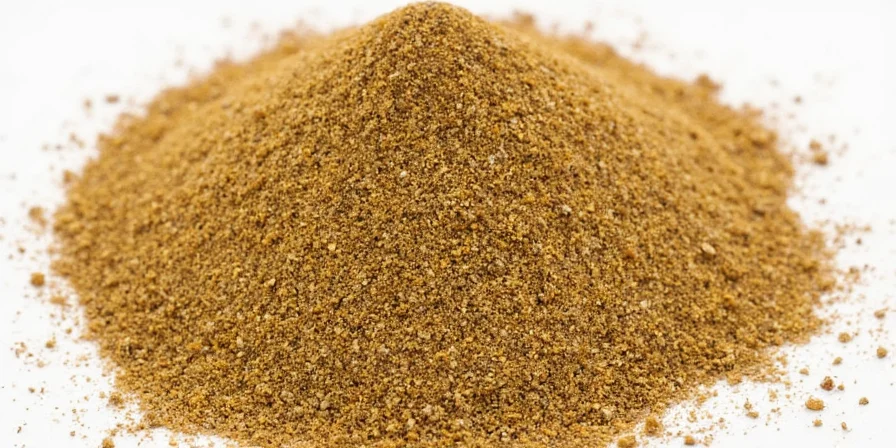
The seeds contain 60-70% linalool, explaining their unique floral-citrus profile that works as a flavor bridge between ingredients. Unlike many spices that become harsher when powdered, coriander actually mellows out. This makes it ideal as a base note in spice blends like garam masala and ras el hanout. Professional chefs rely on its ability to enhance neighboring flavors without announcing its presence - the secret weapon in countless restaurant dishes.
Flavor Profile: What Does It Taste Like?
Describing ground coriander's flavor helps you use it effectively. Seasoned chefs characterize it as:
| Taste Note | Description | Common Pairings |
|---|---|---|
| Citrusy | Faint lemon-lime zestiness | Works with tomatoes, fish, citrus fruits |
| Earthy | Soil-like depth without dirtiness | Complements root vegetables, mushrooms |
| Sweet | Mild sweetness similar to caraway | Enhances carrots, squash, sweet potatoes |
| Warm Spicy | Gently warming without heat | Blends with black pepper, cumin, turmeric |
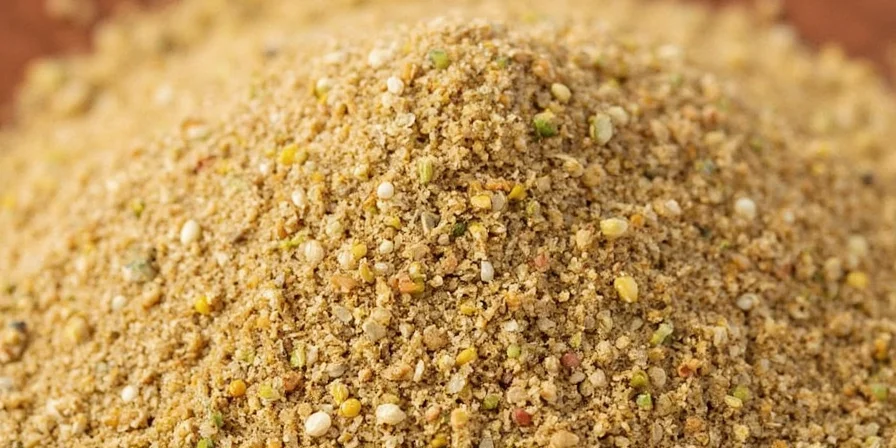
A Brief History of Coriander Around the World
Coriander's journey explains its global versatility. Archaeologists have found coriander seeds in Israel dating back to 5000 BC, and Egyptian tombs contained it as part of burial rituals. Its usage evolved differently across continents while maintaining cultural significance:

- Ancient Egypt: Used in embalming and medicine
- Roman Empire: Added to breads and stews
- Medieval Europe: Believed to ward off evil spirits
- Modern Day: Found in nearly every global cuisine
Today, India remains the largest producer of coriander, while Mexico has developed unique usage patterns where coriander appears in fresh salsas and chocolate preparations - techniques now gaining popularity worldwide.
How to Use Ground Coriander Like a Pro Chef
Ground coriander's versatility makes it indispensable. Here's how professional chefs incorporate it for maximum impact:
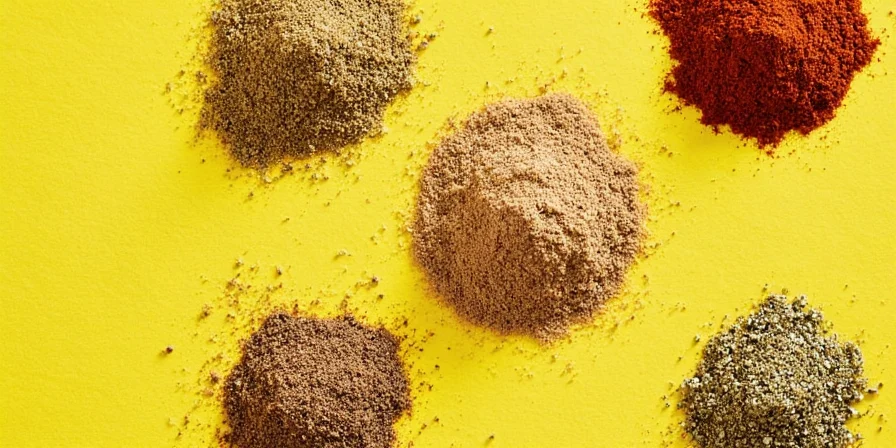
- Curry Pastes: Essential base in nearly all Indian curries (use 1-2 tsp per serving)
- Marinades: Adds earthy warmth to meats (combine with yogurt and garlic)
- Stews & Braises: Enhances depth in bean dishes (add with onions at start)
- Flatbreads: Mix 1 tsp into dough for naan or focaccia
- Dips & Spreads: Transform hummus with ½ tsp (balances tahini)
- Baking: Adds subtle nuttiness to spice cookies (¼ tsp complements cinnamon)
Essential Cooking Tips: Maximizing Flavor Impact
Professional techniques that make the difference:
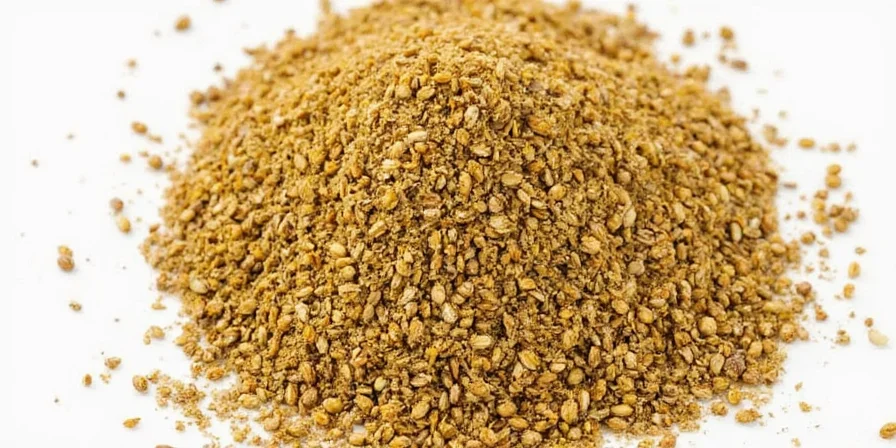
- Toast Whole Seeds First: Dry toast coriander seeds 2-3 minutes until fragrant before grinding (never burn)
- Add Early in Cooking: Unlike delicate herbs, it benefits from longer heat exposure to release flavors
- Combine Strategically: Pairs perfectly with cumin (½:1 ratio), turmeric, and citrus zest
- Balance Carefully: Too much becomes bitter; counter with ¼ tsp lemon juice or vinegar
- Measure Precisely: Start with ¼ tsp per serving - it's subtle but powerful
Ground Coriander Substitute Guide (When You're Out)
Running low? These alternatives work in a pinch:
| Substitute | Best For | Ratio & Tips |
|---|---|---|
| Cumin | Meat dishes, chili | Use ½ amount; adds more earthiness with less citrus |
| Caraway | Bread, sauerkraut dishes | Equal amount; stronger anise flavor note |
| Garam Masala | Indian recipes | Use ¾ amount; contains coriander plus other spices |
| Fennel Seeds | Fish, vegetable dishes | Crush equal amount; milder, sweeter profile |
Health Benefits Backed by Science
Research confirms ground coriander offers measurable health advantages:
- Anti-inflammatory effects: Linalool reduces inflammation markers by up to 30% in studies
- Blood sugar regulation: May improve insulin sensitivity (promising for prediabetes)
- Digestive support: Traditional remedy for bloating and gas relief
- Rich in minerals: Provides 21% of daily iron needs per tablespoon
- Salt reduction: Recent IFT research shows it reduces need for added salt by 20%
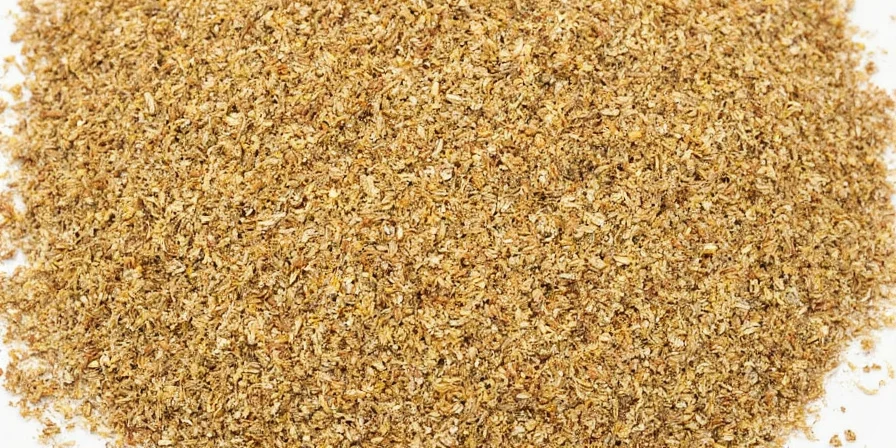
While not a miracle cure, adding coriander to daily cooking contributes meaningful health benefits without altering flavor balance.
Buying & Storing for Maximum Freshness
Maximize flavor potency with these professional practices:
| Best Practice | Why It Matters |
|---|---|
| Buy whole seeds | Retains 3x more flavor compounds than pre-ground |
| Check aroma | Fresh seeds smell distinctly citrusy (not musty) |
| Store in dark glass | Blocks light that degrades volatile compounds |
| Grind small batches | Use within 24 hours for peak flavor impact |
| Freeze excess seeds | Lasts 2+ years vs 6 months at room temperature |

Why Coriander Makes Dishes 'Complete' (The Science)
Coriander's magic lies in its chemical composition. With over 40 volatile compounds, it uniquely binds with both fat and water molecules - a rare property among spices. Linalool, making up 60-70% of coriander's essential oil, creates what food scientists call "flavor synergy" - where the whole becomes greater than the sum of its parts.
This explains why dishes with coriander taste more complex and "finished" than identical recipes without it. Professional chefs leverage this by adding coriander early in cooking to build flavor foundations. Unlike spices that merely add their own flavor, coriander enhances the natural flavors of other ingredients, making it indispensable in restaurant kitchens worldwide.
Frequently Asked Questions
- Q: What's the difference between cilantro and coriander?
A: Cilantro refers to the fresh leaves of the Coriandrum sativum plant, while coriander refers to the dried seeds. They're from the same plant but have completely different flavor profiles. In the US, 'coriander' typically means the leaves elsewhere, causing significant confusion.
- Q: Can ground coriander go bad?
A: Ground coriander loses potency over time but doesn't spoil. Properly stored, it maintains good flavor for 6-12 months. Whole seeds last significantly longer - up to 2-3 years. Test freshness by smell: if it lacks citrusy aroma, replace it.
- Q: Why does coriander make some dishes taste 'complete'?
A: Coriander contains linalool that acts as a flavor bridge between ingredients. It uniquely binds with both fat and water molecules, creating flavor synergy where the whole becomes greater than the sum of its parts - giving dishes that 'finished' quality professional chefs pursue.
- Q: Is ground coriander healthy?
A: Yes, research confirms multiple benefits: rich in antioxidants, may help regulate blood sugar, supports digestive health, and provides essential minerals. Recent studies show it can reduce need for added salt by up to 20% while maintaining flavor satisfaction.
- Q: What's the best way to maximize coriander's flavor in cooking?
A: Toast whole seeds first, grind fresh, add early in cooking, pair with cumin and citrus zest, and start with small amounts (¼ tsp per serving). Professional chefs never use pre-ground coriander for critical dishes due to significant flavor loss.
Final Thoughts
Ground coriander may not command attention like chili or cinnamon, but it's the quiet superstar that makes food taste truly complete. From ancient Egyptian tombs to your Tuesday night dinner, this spice has earned its kitchen place through unmatched flavor-bridging ability. Understanding its proper use - toasting whole seeds, adding at the right cooking stage, and balancing with complementary spices - transforms ordinary meals into restaurant-quality dishes.
The next time you're preparing a curry, stew, or even baked goods, remember that the right pinch of coriander can change everything. For home cooks seeking to elevate everyday meals, mastering this humble spice delivers outsized results with minimal effort. Start small, experiment thoughtfully, and you'll discover why professional chefs consider it indispensable in their spice lineup.

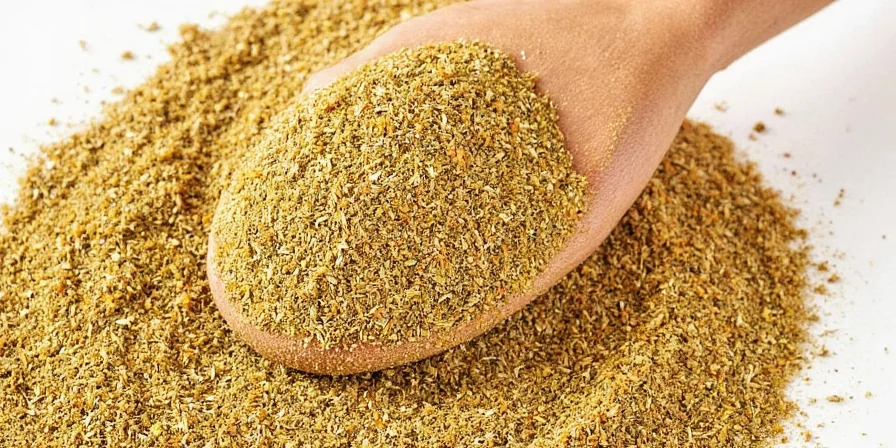









 浙公网安备
33010002000092号
浙公网安备
33010002000092号 浙B2-20120091-4
浙B2-20120091-4